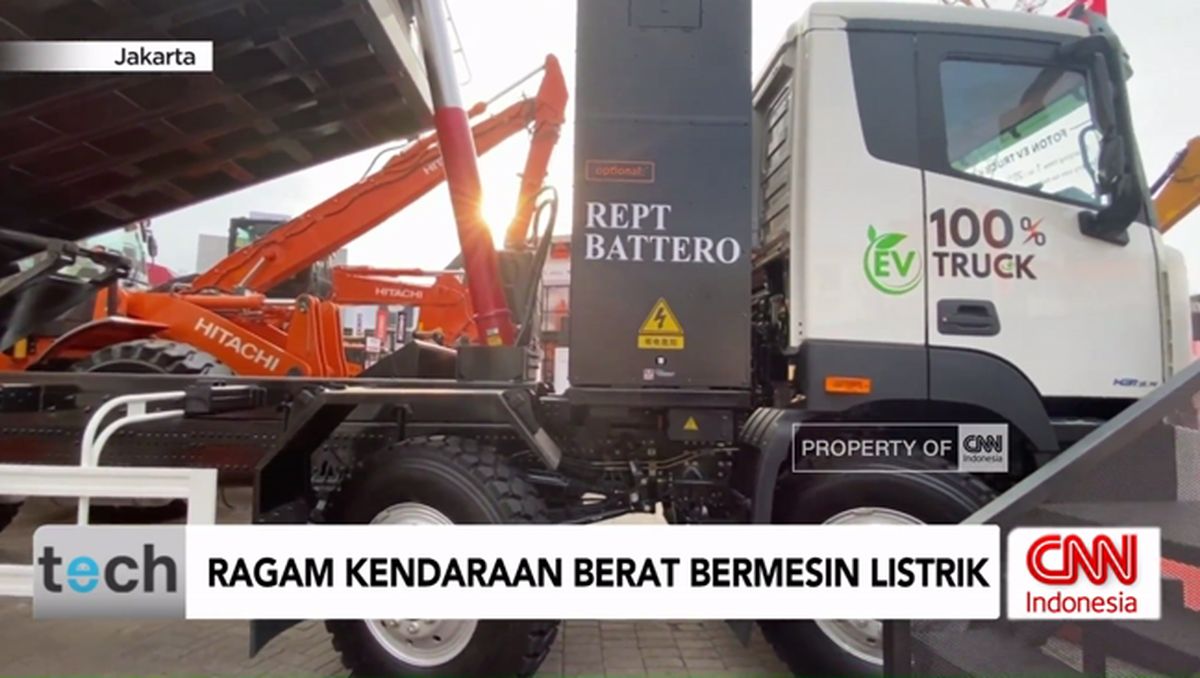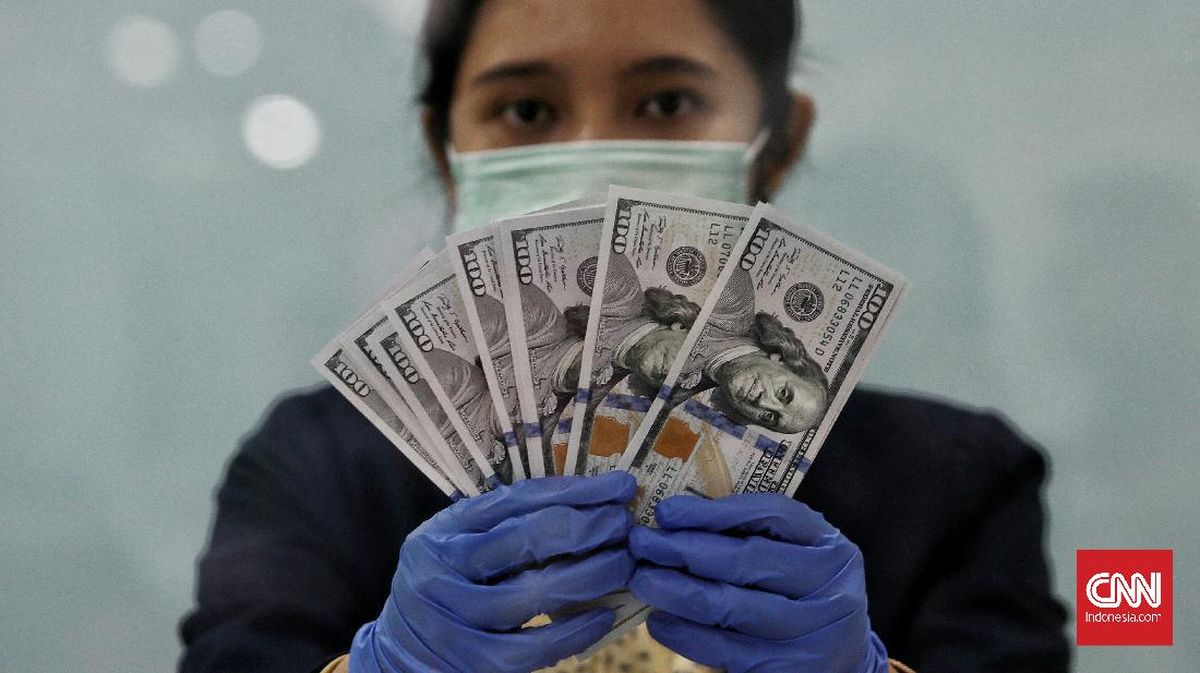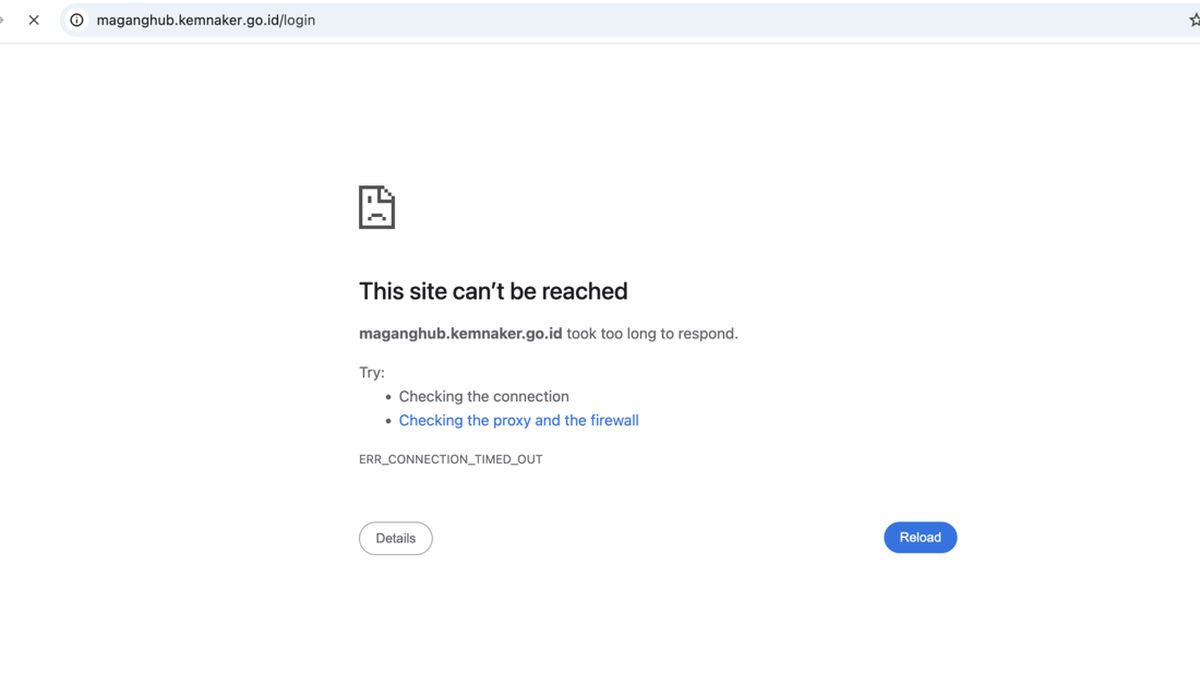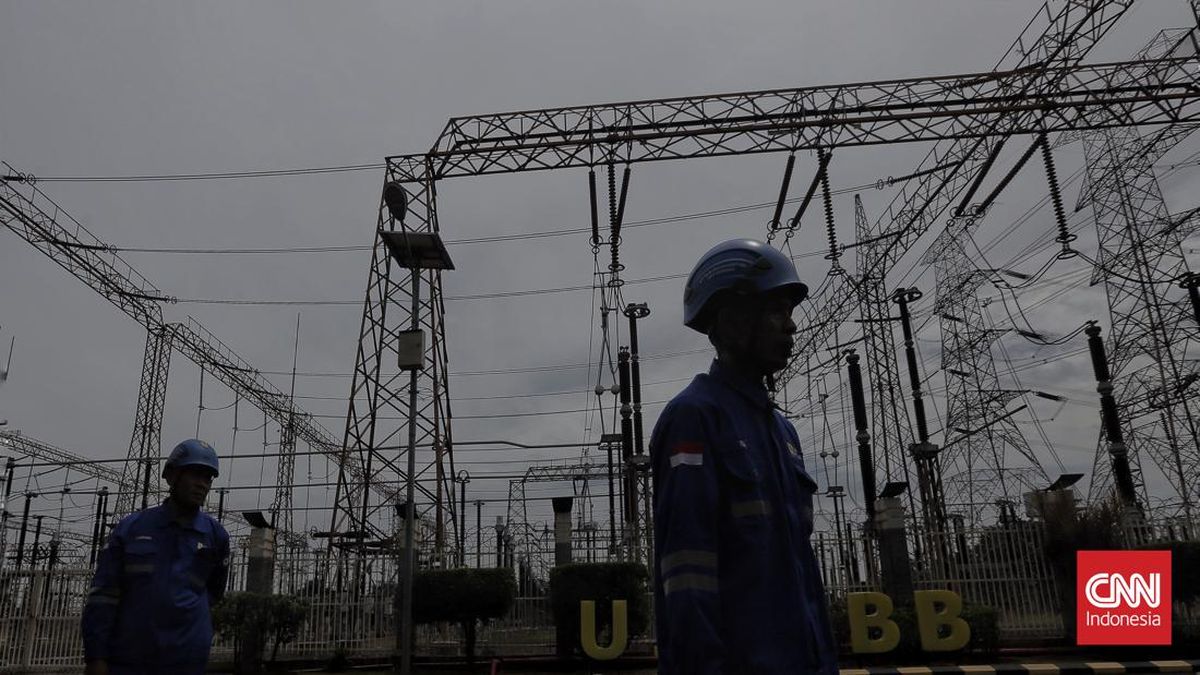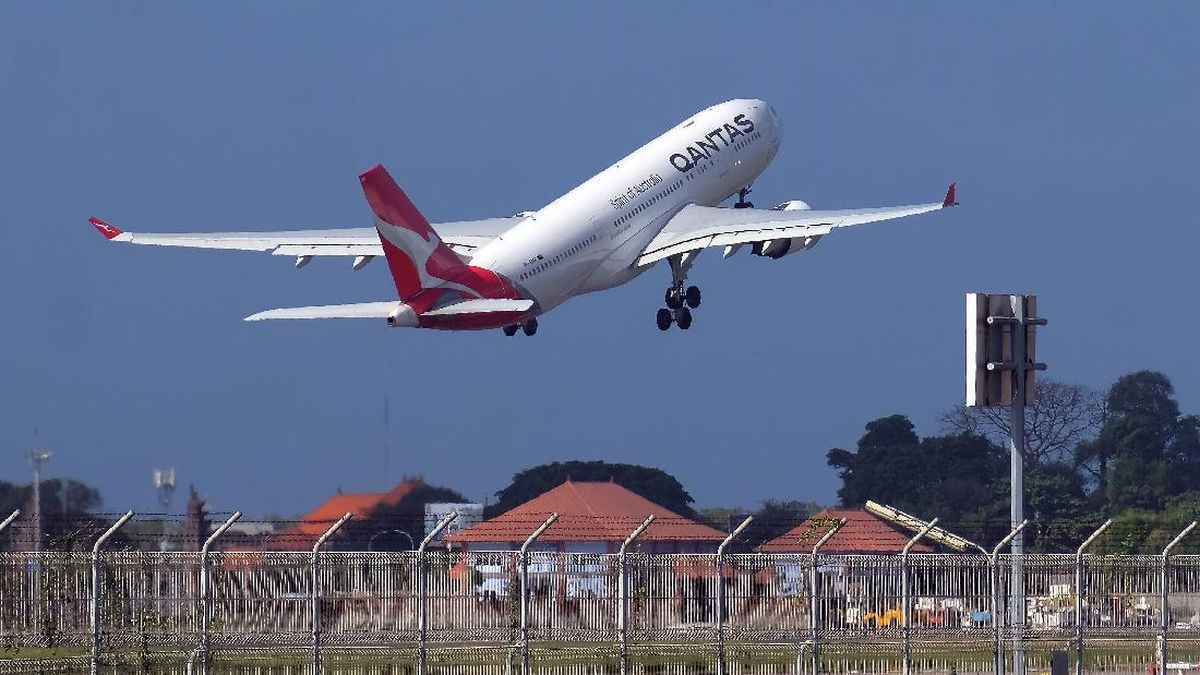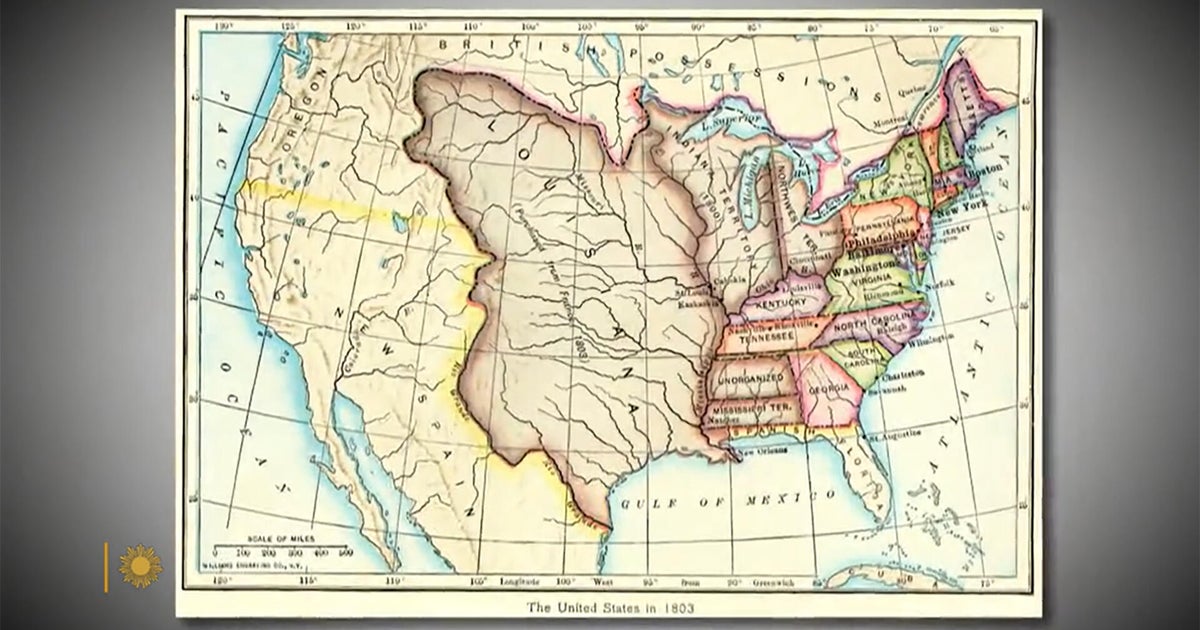The nation’s four biggest banks expect the Reserve Bank to deliver the first back-to-back interest rate cut in half a decade as evidence grows that Australian households have yet to recover from the financial scars caused by high inflation and falling real incomes.
ANZ on Wednesday joined the Commonwealth, NAB and Westpac in expecting RBA governor Michele Bullock to announce a quarter percentage point rate cut on Tuesday following the bank’s two-day monetary policy committee meeting.

Governor Michele Bullock is expected by all of the nation’s biggest banks to announce an interest rate cut next week.Credit: Bloomberg
It would take the cash rate to 3.6 per cent, its lowest level since mid-2023, and would follow its quarter-percentage-point cuts in May and February. On a $600,000 mortgage, the three cuts would reduce repayments by $300 a month.
The cut would be the second since the election, underlining Anthony Albanese’s campaign promise that cost-of-living pressures would ease under his stewardship. But it would also act as insurance for an economy that has continued to struggle over the past two years.
The ANZ, which had expected a cut in August and another in February next year, changed its mind after May’s poor retail trade figures suggested consumers have not used previous rate cuts to go on a spending spree.
Loading
Retail spending lifted by just 0.2 per cent after being flat in April and increasing by 0.2 per cent in March. Most of the increase was due to people starting their winter clothes shopping in May.
The ANZ’s head of Australian economics, Adam Boyton, said a range of factors now meant the RBA was likely to cut the cash rate next week.
“With the most recent reads on consumer confidence still showing a stalling of the prior uptrend, the six-month retail sales pulse soft and uncertainty around US trade policy following July 9, the RBA monetary policy board is likely to see a quarter percentage point reduction in the cash rate in July as the path of least regret,” he said.
“While three-quarters of a percentage point of easing in a relatively short time runs a risk of igniting a little more demand than might be desirable, the recent softness in retail trade means that is likely to be seen as a lower, and less consequential, risk than waiting too long for consumer demand to lift.”
One of those factors supporting a rate cut is the behaviour of the nation’s households, which account for more than half of Australia’s economic activity.
Data compiled by the Commonwealth Bank shows additional repayments or mortgage redraws are growing at the same rate as they did in 2020, when the cash rate was on its way to 0.1 per cent and the federal government was financially supporting households.
Despite recent rate cuts, the fall in inflation and a lift in wages growth, real household disposable income is only back to where it was in early 2022.
The CBA’s chief economist, Luke Yeaman, said it appeared the attitude of households towards spending had yet to recover from the hit inflicted by inflation and higher interest rates.
“High interest rates and the steep fall in real household disposable income over recent years may have scarred consumers and shifted their psyche towards saving and paying down debt,” he said.
A further cut in interest rates could help the housing construction sector. Figures released by the Australian Bureau of Statistics on Wednesday showed home approvals up 3.2 per cent in May, to be 6.5 per cent up over the past year.
House approvals increased by 0.5 per cent in the month to be 3.4 per cent higher over the year, while approvals of apartments bounced by 11.3 per cent to be 11.9 per cent stronger over the past 12 months.

The Albanese government is more than 200,000 homes short of its five-year target to build 1.2 million residential properties.Credit: Alex Ellinghausen
The federal government has set a target of 1.2 million new homes to be built by mid-2029. Based on approvals since the five-year target was announced, the government is about 214,000 homes behind its goal.
Yeaman said there were serious challenges for the government to meet its target, noting that its upcoming productivity roundtable would have to consider reforms around state planning and construction if it were to sharply lift home construction.
Loading
Opposition housing spokesman Andrew Bragg said while there had been a slight uptick in home approvals, this did not make up for an overall decline since Labor had taken office.
“Under the Coalition, Australia was averaging 190,000 new dwelling commencements a year. Under Labor, it’s barely reaching 170,000. To meet Labor’s target of 1.2 million homes by 2029, Australia needs to be building 250,000 new dwellings each year,” he said.
HIA senior economist Tim Devitt said there were signs that approvals were improving in NSW and Victoria, in line with the stronger conditions playing out in other states.
He said while more interest rate cuts would boost construction, there had to be a substantial lift in the apartments sector.
“Multi-unit commencements need to double from current levels in order to achieve the government’s housing targets. This is unlikely to occur if state governments continue to impose additional taxes on institutional investors,” he said.
Cut through the noise of federal politics with news, views and expert analysis. Subscribers can sign up to our weekly Inside Politics newsletter.
Most Viewed in Politics
Loading

